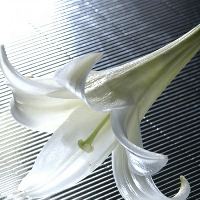1. Gmail is Google's free web mail service.
2. It comes with built-in Google search technology and provides more than 7312 megabytes of storage space (still growing).
3. You can permanently keep important messages, files and pictures, and use search to quickly and easily find any content you need, making this new way of viewing messages as part of a conversation more logical.
4. What if Gmail can't log in? First, please confirm whether the cookie function of your browser is disabled. The way to confirm is to try to log in to other forums, mailboxes and other services that require a user name/password to enter.
5. If not, it is because the cookie function of the browser is disabled. Please open Internet Options in Control Panel, set the privacy security level of the Internet zone to Medium under the Privacy tab, and click the Site button to add the Gmail URL to the Allowed site (generally, just set it to Medium This step is unnecessary).
6. If it is normal to log in to other sites and the problem only occurs when you log in to Gmail, please use the "Browse History" deletion function in Internet Options to delete all cookies, and then try to log in again.
7. If you can't do it again, you can only consider changing the browser or checking whether there are problems in the system and network.
8. Gmail FAQ 1. What's different about Gmail? Yes, Gmail is another email service.
9. However, its subtle concept makes it different from other services in many ways: communication can become simpler, more efficient and more interesting.
10. At the beginning of building Gmail, when we noticed that people were depressed about using email, we started designing our products again.
11. The result is that the product is faster, simpler and more intuitive.
12. For example, Gmail will automatically group emails and reply directly to the conversation, so you can easily access email replies.
13. It's like chatting.

